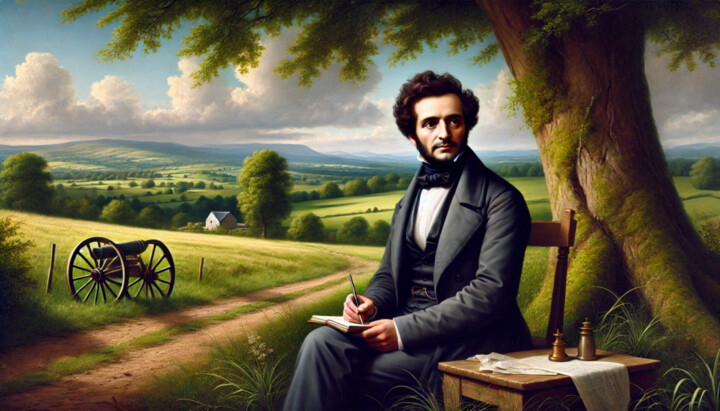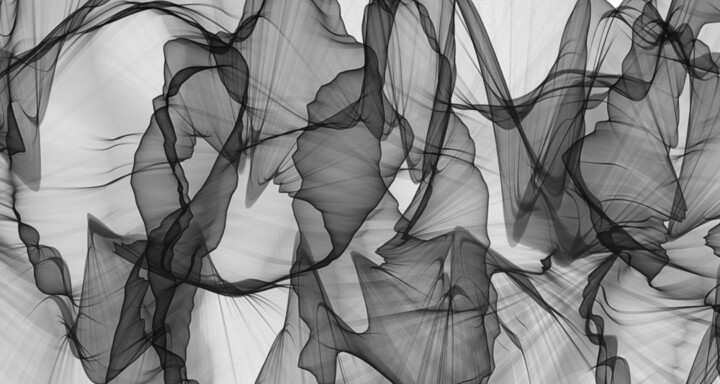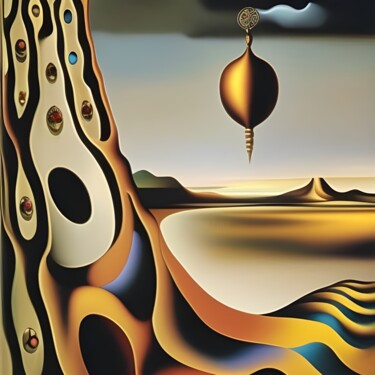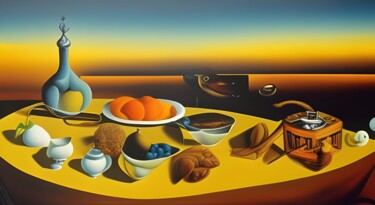Added Dec 10, 2024

Gustav Klimt, an Austrian painter and a leader of the Vienna Secession movement, is celebrated for his lavish use of gold leaf, intricate patterns, and emotionally evocative art. His groundbreaking works continue to captivate audiences with their combination of sensuality, symbolism, and modernism. From his iconic "Golden Phase" to his influence on the art world, Klimt’s legacy endures as one of innovation and beauty.
Early Life and Artistic Beginnings
Gustav Klimt was born on July 14, 1862, in Baumgarten, a suburb of Vienna, Austria. Raised in a family of artisans, Klimt's early exposure to decorative crafts shaped his future artistic direction. He showed great promise as a young artist, enrolling at the Vienna School of Arts and Crafts (Kunstgewerbeschule) at just 14 years old.
Initially, Klimt focused on traditional academic painting, excelling in naturalistic murals and commissions. Alongside his brother Ernst and fellow artist Franz Matsch, he formed the "Company of Artists," taking on prestigious decorative projects, including ceilings and murals in theaters and museums. However, as Klimt matured, he began to push the boundaries of traditional art, seeking a more personal and symbolic style.
The Vienna Secession and Klimt’s Rebellion
In 1897, Klimt became a founding member and president of the Vienna Secession, a group of artists dedicated to breaking away from the academic conventions of the day. The Secession’s motto, “To every age its art, to art its freedom,” perfectly encapsulates Klimt’s philosophy.
The group created a platform for modern art in Vienna, hosting exhibitions and publishing the magazine Ver Sacrum to promote innovative styles. Klimt’s leadership and creativity made him a central figure in the movement, and his work began to reflect a fusion of traditional craftsmanship with bold modernist ideas.
Klimt’s Iconic "Golden Phase"
Klimt’s most famous period, known as his Golden Phase, emerged in the early 1900s. Inspired by the Byzantine mosaics he encountered in Ravenna, Italy, Klimt began incorporating gold leaf into his paintings, creating luminous, almost otherworldly works.
The Kiss (1907–1908): Perhaps Klimt’s most celebrated painting, The Kiss depicts an intimate embrace between two lovers, surrounded by intricate gold patterns. The piece exudes a sense of timeless passion, blending sensuality with a symbolic exploration of love and unity.
Portrait of Adele Bloch-Bauer I (1907): Often referred to as the Woman in Gold, this portrait epitomizes Klimt’s ability to merge realism with opulence. Commissioned by a wealthy patron, the painting is a dazzling combination of decorative elements and psychological depth. It became one of the most famous restituted artworks of the 20th century.
The Tree of Life (1905): This work showcases Klimt’s mastery of symbolism, featuring swirling, golden patterns that represent the interconnectedness of life, death, and renewal. It’s an exquisite example of Klimt’s decorative and philosophical brilliance.
Themes in Klimt’s Work
Klimt’s art often delves into universal themes such as love, life, death, and eroticism. His focus on the human experience—particularly through the lens of femininity—was groundbreaking for his time. Klimt’s portrayal of women was both sensual and empowering, celebrating their beauty, strength, and complexity.
Klimt’s nude studies and erotic works, while controversial in their time, are now regarded as masterpieces that challenged societal norms. These pieces are marked by a deep psychological understanding of his subjects, paired with his characteristic use of pattern and ornamentation.
Major Works and Their Significance
The Kiss – This iconic piece is a universal symbol of love and intimacy, blending gold leaf, decorative patterns, and emotional depth to create a timeless masterpiece.
Portrait of Adele Bloch-Bauer I – A painting steeped in history, its restitution to Adele’s family after WWII highlighted the enduring power of art and justice.
Judith and the Head of Holofernes (1901) – Klimt’s take on the biblical figure Judith exudes sensuality and power, showcasing his ability to combine eroticism with deeper symbolic narratives.
Beethoven Frieze (1902) – A monumental work created for the Vienna Secession’s 14th exhibition, this mural explores themes of human struggle and transcendence through lush symbolism.
Klimt’s Legacy and Influence
Klimt’s innovative techniques and symbolic narratives had a profound impact on the development of modern art. His bold use of color, patterns, and abstraction influenced movements such as Art Nouveau, Symbolism, and even Art Deco.
Artists like Egon Schiele and Oskar Kokoschka, who were part of the Austrian Expressionist movement, directly drew inspiration from Klimt’s groundbreaking ideas. Beyond his contemporaries, Klimt’s influence can be seen in decorative arts, fashion, and design, where his opulent style continues to inspire creators around the world.
Today, Klimt’s paintings are housed in major museums, including the Belvedere Museum in Vienna, where The Kiss remains a centerpiece. Klimt’s work bridges the gap between fine art and decorative beauty, challenging viewers to see beyond the surface and into the rich emotional landscapes he created.
Gustav Klimt’s Enduring Allure
Gustav Klimt was more than an artist; he was a visionary who reshaped the boundaries of art and design. His unique blend of symbolism, modernism, and decorative mastery continues to captivate audiences and inspire creators worldwide. Whether through the shimmering gold of The Kiss, the haunting beauty of Judith, or the intricate patterns of The Tree of Life, Klimt’s works invite us to explore the complexities of human emotion and the timeless allure of beauty.
For those who seek art that challenges, inspires, and enchants, Klimt’s legacy offers a journey through the golden depths of creativity. His art remains a testament to the power of innovation and the enduring appeal of emotion expressed through beauty.










































































